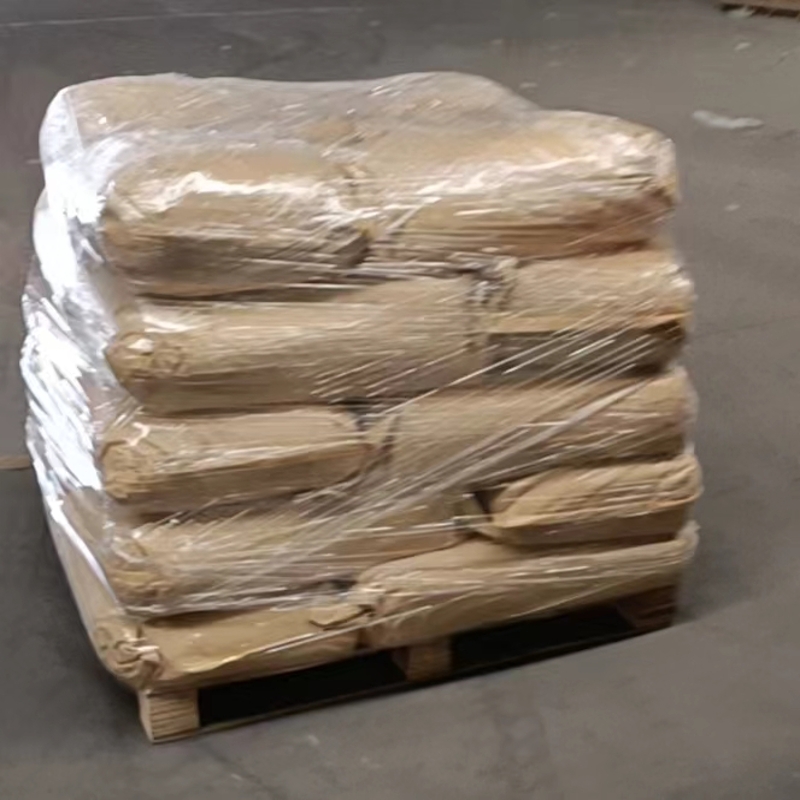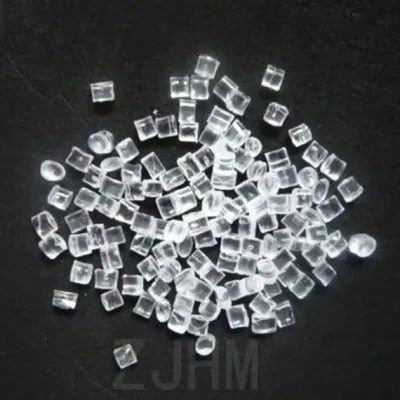-
Categories
-
Pharmaceutical Intermediates
-
Active Pharmaceutical Ingredients
-
Food Additives
- Industrial Coatings
- Agrochemicals
- Dyes and Pigments
- Surfactant
- Flavors and Fragrances
- Chemical Reagents
- Catalyst and Auxiliary
- Natural Products
- Inorganic Chemistry
-
Organic Chemistry
-
Biochemical Engineering
- Analytical Chemistry
-
Cosmetic Ingredient
- Water Treatment Chemical
-
Pharmaceutical Intermediates
Promotion
ECHEMI Mall
Wholesale
Weekly Price
Exhibition
News
-
Trade Service
Solar Impulse II, the world's largest solar-powered aircraft, was forced to stay in Hawaii for repairs due to severe damage to its battery system and is expected to return to the world as early as
April 2016.
Solar Impulse departed Nagoya, Japan, on July 2, and after a record 118 hours and 7,200 kilometers, it arrived in Hawaii
on July 3.
However, the flight damaged the aircraft's lithium-ion battery system
.
According to the Solar Impulse 2 team, on the first day after departure, the battery system became overheated due to the rapid climb of the aircraft and the thick insulation layer, and the crew could not take timely measures to cool
down.
They said there were no technical problems with the plane, and that the battery damage was due to inaccurate calculations during the design and manufacturing process of temperature changes caused by sharp changes in altitude in tropical
climates.
After testing the new battery cooling/heating system, Solar Impulse 2 will complete the remaining five legs of its flight from Hawaii and eventually return to Abu Dhabi, ending its fuel-free, solar-powered round-the-world flight
that began in March.
It is reported that the University of Hawaii is negotiating with the Solar Impulse 2 team to use the aircraft as a "classroom" to offset part of the cost
of using the hangar at Kakaeloa Airport at the University of Hawaii Western Hu.
Vassilis Syrmos, vice president of the University of Hawaii, believes that Solar Impulse 2 can be used for educational purposes, such as giving lectures or seminars, and students in various disciplines such as engineering and environmental science can gain knowledge
from the solar-powered plane and the journey.
"More importantly, it teaches students that they can do anything if they work hard
," he said.
”
Solar Impulse II, the world's largest solar-powered aircraft, was forced to stay in Hawaii for repairs due to severe damage to its battery system and is expected to return to the world as early as
April 2016.
Solar Impulse departed Nagoya, Japan, on July 2, and after a record 118 hours and 7,200 kilometers, it arrived in Hawaii
on July 3.
However, the flight damaged the aircraft's lithium-ion battery system
.
According to the Solar Impulse 2 team, on the first day after departure, the battery system became overheated due to the rapid climb of the aircraft and the thick insulation layer, and the crew could not take timely measures to cool
down.
They said there were no technical problems with the plane, and that the battery damage was due to inaccurate calculations during the design and manufacturing process of temperature changes caused by sharp changes in altitude in tropical
climates.
After testing the new battery cooling/heating system, Solar Impulse 2 will complete the remaining five legs of its flight from Hawaii and eventually return to Abu Dhabi, ending its fuel-free, solar-powered round-the-world flight
that began in March.
It is reported that the University of Hawaii is negotiating with the Solar Impulse 2 team to use the aircraft as a "classroom" to offset part of the cost
of using the hangar at Kakaeloa Airport at the University of Hawaii Western Hu.
Vassilis Syrmos, vice president of the University of Hawaii, believes that Solar Impulse 2 can be used for educational purposes, such as giving lectures or seminars, and students in various disciplines such as engineering and environmental science can gain knowledge
from the solar-powered plane and the journey.
"More importantly, it teaches students that they can do anything if they work hard
," he said.
”







